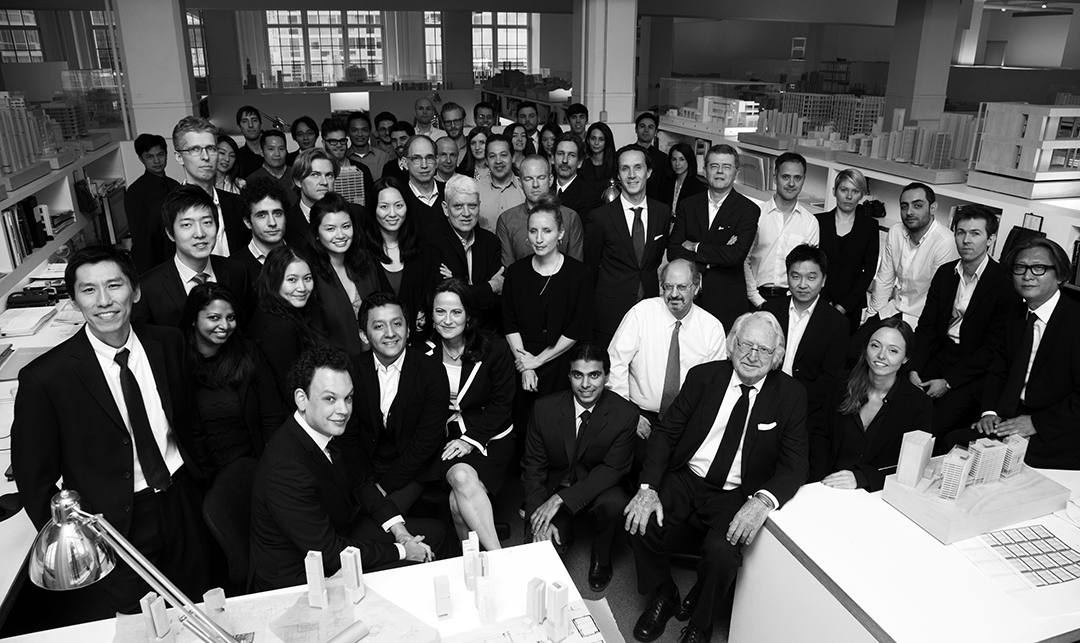The only constant in this ever-evolving business environment is change. Organizations usually plan for changes well in advance, but sometimes changes are dictated by unpredictable and rare external events, shocks, or crises. The COVID-19 pandemic is a perfect example of such an external shock that prompted many organizations to implement quick, radical changes to the way they do business. However, some organizations make serious mistakes in starting the transformation process by tinkering with organizational structures and policies without paying much attention to organizational culture, which is critical to effective management of talent.
The importance of talent management in times of crisis and change is difficult to overestimate. Talented employees are always in demand—in a good economy, they are your most valuable assets, providing extraordinary value, while in bad economic conditions, they are the ones who can keep your company afloat and competition at bay. In times of change, talent is the only true strength organizations can rely on.
Lately, talent-management issues have come to the fore with even more intensity. Everyone knows about the “Great Resignation,” “Great Reshuffling,” or “Great Retirement”—all of these describe one thing: when talented individuals leave their organizations in large numbers, without looking back. People have different motives for leaving, but nearly all of them can be summarized in one important reason: Their company is not (or perhaps is no longer) a human-centered organization.

Photo by Mario Gogh on Unsplash.
According to LinkedIn’s 2022 Global Talent Trends, the human-centered organizational culture has some recurring characteristics: flexibility, asynchrony, trust, belonging, and a holistic focus on well-being. To begin organizational change, top managers must first address the existing culture, and to do that, they need to listen to their employees. Employees’ opinions, their perceptions, and their buy-in will determine success during upcoming change.
Here is what employees say when asked what their top priorities in a changing company culture are, in order of importance:
- Professional development opportunities
- Flexible work support
- Mental health and wellness
- Training managers to lead remote and hybrid teams
- Diversity and inclusion
It is critical to note that some organizations, trying to follow popular trends, disregard what employees truly want, which results in negative consequences and quitting behaviors. While the last two wants (training managers to lead remote and hybrid teams, and diversity and inclusion) are a bit self-explanatory, let’s look at the first three demands that employees ask for by name.
1. Professional Development Opportunities

Photo by Saulo Mohana on Unsplash.
When considering providing employees with professional development opportunities, it is important to emphasize the following strategies:
- Establish clear career paths: In smart organizations, all employees are given a clear road map of their career, so that they know what to expect and what to work on.
- Promote continuous learning: The most successful strategy for many organizations involves the creation of internal learning centers, where companies develop their employees’ managerial and leadership skills and provide training for key professional competencies.
- Regularly review professional accomplishments: In order to provide career-growth opportunities, some successful organizations review personal accomplishments on a regular basis, measure them against predetermined goals, and make new goals based on both personal performance and business objectives.
At the same time, companies have to communicate that they appreciate their top talent, as these highly productive employees may consider leaving if they feel that their work efforts are undervalued. More importantly, though, is not to create false expectations. Mismatched expectations often result in employees’ departure and, alternatively, well-managed expectations serve as a powerful retention tool. Setting expectations in an explicit manner, fostering an environment of mutual trust, and recognizing that individual expectations change over time are among the most successfully used techniques in this area.
2. Flexible Work Support

Photo by Luca Bravo on Unsplash.
Flexible working arrangements haves become a key value proposition for employers, since employees want flexibility of where, when, and how they work. Even though many employers are now getting ready to welcome their employees back to in-person presence, most understand that there is no going back to “business as usual,” and that the “new normal” will be hybrid. The question for organizations is how to manage and prosper from these developments. To provide flexible work support, managers should establish mutual trust. Other strategies include establishing clear guidelines of remote work, creating an equitable playing field for all employees, focusing on results not work hours, and helping employees set boundaries between their work and private lives (e.g., letting them switch off once in a while).
3. Mental Health and Wellness
When it comes to mental health and wellness, it is essential for employers to afford people more buffer time between tasks and meetings to allow them to refocus and recharge. Train managers to be empathetic leaders by encouraging (and rewarding!) them to offer emotional support to their employees and look for signs of emotional distress and burnout; make mental health services easily accessible; and use people analytics to identify problems. The last point is especially noteworthy, as various apps currently available on the market can offer organizations a better understanding of employee behaviors, especially when it comes to various work patterns, such as after-hours work, overload assignments, and late meetings, which can contribute to stress and fatigue. By identifying such problems, managers can take appropriate actions to mitigate their negative consequences and support employee well-being in general, and mental health in particular.
Appreciation and Respect

Photo by Priscilla Du Preez on Unsplash.
In addition to the five priorities most often listed by employees, I’ll add a sixth: professional appreciation and respect. To ensure that employees—and especially top talent—are appreciated and respected, it is essential to communicate effectively to avoid rumors, anxiety, and unexpected shocks. Employees report that, during the pandemic, lack of transparency and communication has resulted in a high level of anxiety and quitting behaviors. Expand career opportunities for top talent, and promote an environment of mutual trust and respect. Some top employees complain that respect is given more from outside the organization than from within it, so organizations must ensure that appropriate and meaningful recognition is given when due.
I hope that these strategies will help your organization effectively augment its culture by making it more people-centered and talent-oriented, which will definitely assist in retaining top talent in the company, and in turn facilitate successful implementation of meaningful organizational change.
Vlad Vaiman is a Professor and Associate Dean at the School of Management of California Lutheran University.














































